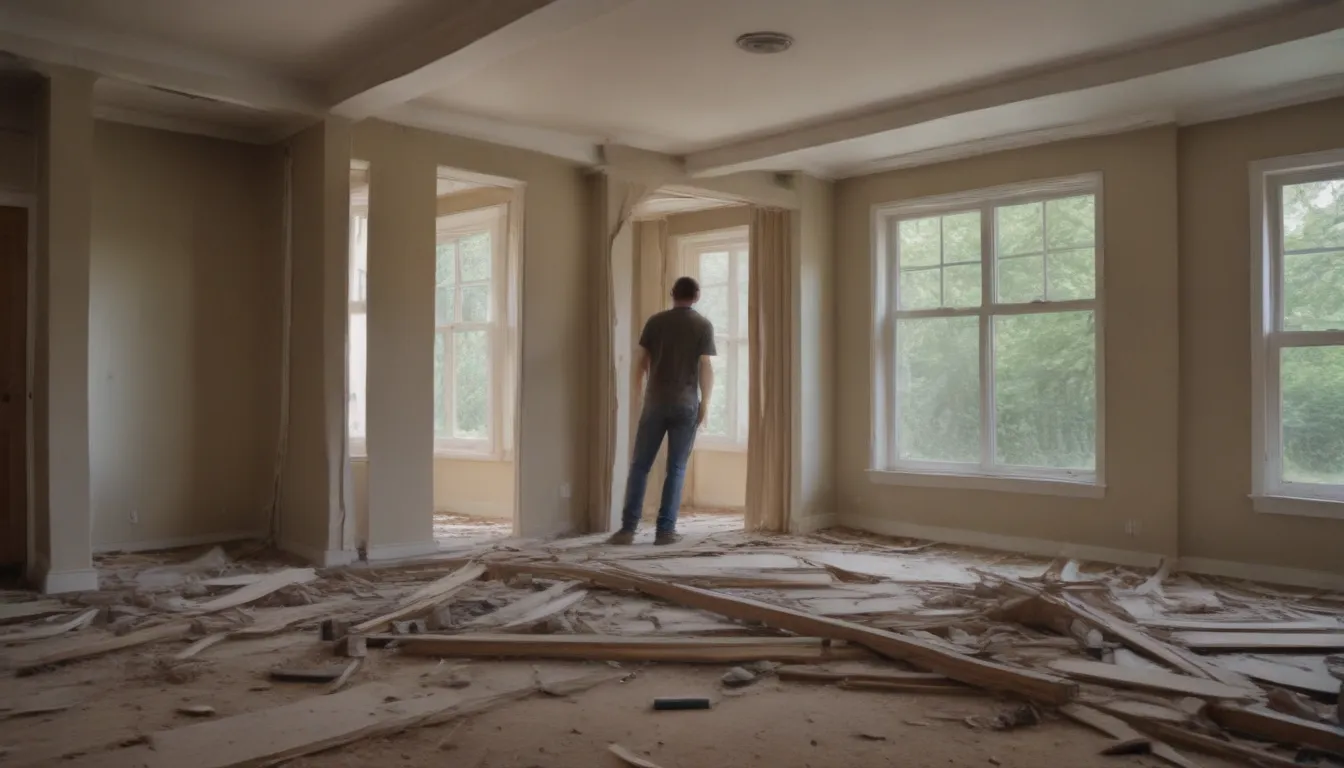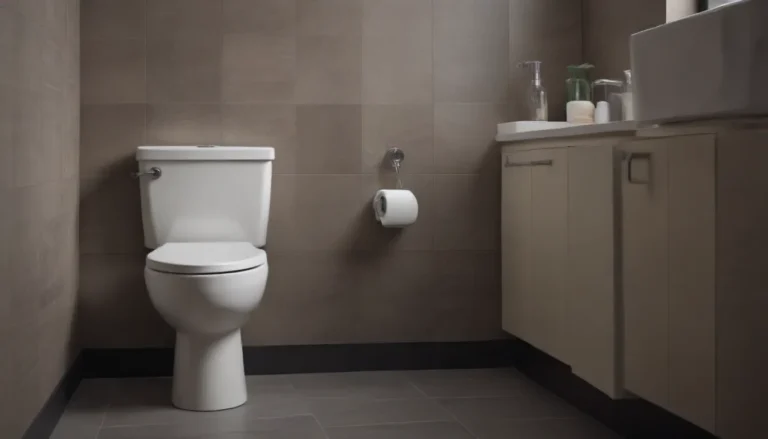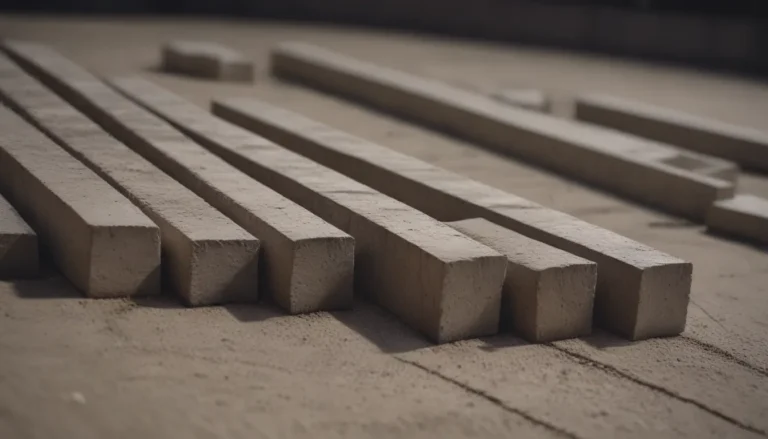Everything You Need to Know About the Cost of Removing a Load-Bearing Wall

Are you considering giving your home a makeover by removing a load-bearing wall? It’s a great way to create an open-plan living space with fewer obstructions and better traffic flow. However, before you start swinging that sledgehammer, it’s essential to understand the costs involved in such a project. In this comprehensive guide, we’ll walk you through everything you need to know about the cost of removing a load-bearing wall, from determining if a wall is load-bearing to the average cost breakdown and additional expenses you might encounter.
Average Cost to Remove a Load-Bearing Wall
The average cost to remove a load-bearing wall is around $6,760 for every 120 square feet of wall. This cost can vary depending on the complexity of the project, the type of wall being removed, and any additional services required. Here’s a breakdown of cost factors to consider:
How to Know If the Wall Is Load-Bearing
It’s crucial to identify whether a wall is load-bearing before proceeding with its removal. A load-bearing wall supports the roof, floor, or walls directly above it. You can determine if a wall is load-bearing by checking for the following signs:
- The wall runs perpendicular to the joists.
- There are support beams in the ceiling above the wall.
- The wall is located near the center of the house.
Cost Breakdown
Here’s a breakdown of the average cost of removing a load-bearing wall based on different metrics:
- Cost by Square Foot: The average cost is approximately $56 per square foot, ranging from $18 to $95 per square foot.
- Cost by Linear Foot: The cost is around $450 per linear foot for a standard eight-foot-tall wall.
- Type of Project: Depending on the project, such as enlarging a kitchen or creating a bedroom suite, costs can range from $2,250 to $13,500.
Main Cost Factors
Before embarking on a load-bearing wall removal project, consider the following cost factors that can influence the overall expenses:
Size of Wall
Larger walls will cost more to remove, so it’s essential to factor in the size of the wall when estimating costs. Additionally, taller walls may require additional support structures, increasing the overall cost.
Permits and Fees
You’ll need to obtain permits for removing a load-bearing wall, which can cost anywhere from $1,200 to $2,000 on average. Municipal authorities regulate the removal of load-bearing walls, requiring permits for the project.
Type of Wall
The materials used in the load-bearing wall can significantly affect the removal cost. Drywall and stud walls are less expensive to remove compared to masonry walls like brick, which can cost more due to their weight and difficulty in disposal.
Number of House Levels
Removing load-bearing walls in multi-story homes can be more expensive due to the additional weight borne by the support structure. Costs for two-story homes range from $7,235 to $11,000 on average.
Interior vs. Exterior Wall
Removing an exterior load-bearing wall is generally more expensive than an interior wall due to the heavier loads they carry. Costs for exterior walls can range from $12,170 to $19,000.
Labor
The cost of labor for removing a load-bearing wall is typically included in the contract price. However, if you choose to do it yourself with assistance, labor costs can range from $39 to $78 per hour on average.
5 Reasons to Remove a Load-Bearing Wall
There are several benefits to removing a load-bearing wall in your home, including:
- Create an open floor plan: Open up your living space for a more modern and airy feel.
- Modernize the home: Updating your home’s layout can increase its value and appeal.
- Turn two rooms into one: Combine smaller rooms to create a larger, more functional space.
- Enlarge a room: Increase the size of a room for added comfort and usability.
- Build an addition: Extend your living space by removing a wall to accommodate an addition.
Cost to Replace Load-Bearing Wall With a Beam
When removing a load-bearing wall, it’s essential to replace it with a support beam or alternative structure to maintain the structural integrity of the home. The cost of replacing a load-bearing wall with a support beam typically ranges from $1,850 to $3,700, with an average cost of $2,775.
Additional Costs to Consider
In addition to the core cost of removing a load-bearing wall, there are additional expenses you might encounter, including:
Demolition Disposal
Disposing of materials from the wall removal project can cost around $1,325 on average, with costs ranging from $900 to $1,750.
Hazardous Materials
If the demolished wall contains hazardous materials like asbestos or lead-based paint, you may incur additional charges, averaging around $12.50 per square foot.
Electrical, Plumbing, and Ductwork
Rerouting electrical, plumbing, and HVAC ductwork located in the load-bearing wall can result in additional expenses. Costs for these services can vary but should be factored into your overall budget.
Wall and Ceiling Repair
Once the load-bearing wall is removed, repairs to the ceiling and walls are necessary. The average cost of wall and ceiling repair is around $2.50 per square foot.
DIY vs. Professional Load-Bearing Wall Removal
While removing a load-bearing wall is typically a contractor-driven project, experienced DIYers can tackle the project themselves. However, it’s crucial to understand the complexity of the task and ensure safety and structural integrity are maintained throughout the process.
How to Save on Load-Bearing Wall Removal Costs
To save on the cost of removing a load-bearing wall, consider the following tips:
- Consult with a structural engineer to determine how much wall can be safely removed.
- Obtain multiple quotes from contractors to compare costs.
- Opt for cost-effective materials and alternatives where possible.
- Plan the project carefully to avoid unnecessary expenses.
In conclusion, removing a load-bearing wall can transform your home’s layout and create a more open and spacious living environment. By understanding the costs involved and planning accordingly, you can successfully complete this renovation project and enjoy the benefits of an updated and modernized living space.
Sources: Angi, Load Bearing Pros, Fixr, Bay Cities Construction, Forbes Home, ProEst Construction Estimating, American Wood Council, Level Engineering and Inspection.





